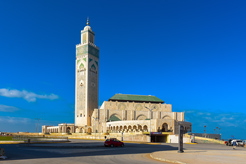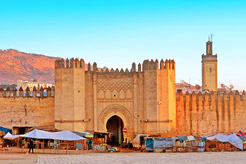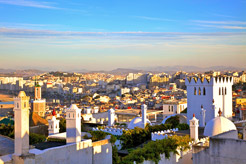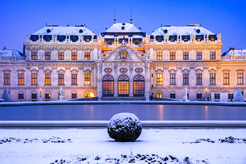- Book online with TUI & save up to 7% on holidays
- FREE child places available for select holidays
- Pay £0 deposits with direct debit & spread the cost
Morocco weather by month
Check out Morocco weather averages by month. Compare detailed monthly climate statistics including temperature, rainfall and sunshine figures.
| Jan | Feb | Mar | Apr | May | Jun | Jul | Aug | Sep | Oct | Nov | Dec | |
|---|---|---|---|---|---|---|---|---|---|---|---|---|
| Maximum daytime temperature °C | ||||||||||||
| Hours of sunshine (daily) | ||||||||||||
| Days with some rainfall |
More about Morocco
Morocco by month
Jan Feb Mar Apr May Jun Jul Aug Sep Oct Nov Dec
Recommended for Morocco
The climate guide for Morocco (Marrakech) shows long term monthly weather averages processed from data supplied by CRU (University of East Anglia), the Met Office & the Netherlands Meteorological Institute. Find out more about our data sources.
Top Morocco destinations
Below are average maximum temperatures at popular destinations in Morocco for next month - May. Select a destination to see the climate guide for all months of the year.
All Morocco destinations
Metric (°C / mm) | Imperial (°F / inches)
Morocco climate overview
This North African kingdom borders the North Atlantic Ocean and the Mediterranean Sea between Algeria and Western Sahara. From the long-faded elegance of Tangier's Mediterranean "Gateway to Africa" to the desolate expanse of the vast Sahara, Morocco has a diverse landscape.
The snow capped Atlas Mountains dominate, running almost the entire length of the country. To the northwest fertile plains lie facing the Atlantic, to the south, the beginnings of the vast Sahara, where rocky gorges crumble to stony wastelands scattered with small oasis villages. The Atlantic coast is rocky with long stretches of sandy beaches.
Northern Morocco has a subtropical climate with a summer dry season running from May to October. Conditions here are similar to many countries bordering the Mediterranean Sea with extensive cultivation of wheat, barley, olives and citrus fruits. Summers are dry, sunny and hot, while winter temperatures range from comfortable to cold depending on elevation. Rainfall only occurs in the winter months, diminishing to the south and the east.
In the mountains many northern slopes are covered with extensive forests of oak and cedar. Here winter rainfall turns to snow at higher elevations and temperatures in December and January can be very cold. In summer, despite the elevation, mountain areas can be considerably hotter than the coastal plains due to the proximity of the Sahara Desert.
Southern Morocco is famous for its kasbahs, large fortified buildings made from mud-bricks, and is wilder than the north. Here crop cultivation gives way to grazing and eventually to stony mountainous desert dotted with the occasional oasis. There are some spectacular sand dunes in the region to the south of Errachidia, but the true Sahara is not reached before the border with Algeria.
Dust laden winds can blow in from the desert at any time of the year producing hazy conditions particularly in the summer.
More about Morocco
Compare Morocco with the USA
Below the Morocco chart shows average maximum daytime temperature for Morocco (Marrakech) and the USA (Washington).
Maximum daytime temperature (°C)
Metric (°C / mm) | Imperial (°F / inches)
Compare more Morocco weather >>
Be inspired
Get your weekly fix of holiday inspiration from some of the world's best travel writers plus save on your next trip with the latest exclusive offers
We promise not to share your details
Related posts
Popular travel offers
Explore holidays in the sun for less
- Beach holidays
- Family holidays
- City breaks
- Summer holidays
- Winter sun holidays
- Holiday offers
- Top travel brands
- Airlines & flights
- Discount hotels
- Airport parking deals
- TUI
- Jet2holidays
- easyJet holidays
- Love Holidays
- British Airways
Airport parking
- Manchester Airport
- Stansted Airport
- Bristol Airport
- Luton Airport
- Birmingham Airport
- Edinburgh Airport
- Gatwick Airport
- Glasgow Airport
- Newcastle Airport
Airport lounges
- Manchester Airport
- Birmingham Airport
- Bristol Airport
- Edinburgh Airport
- Glasgow Airport
- Heathrow Airport
- Newcastle Airport
- Stansted Airport
- Gatwick Airport









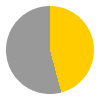
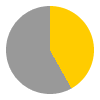












 TUI deal finder
TUI deal finder
